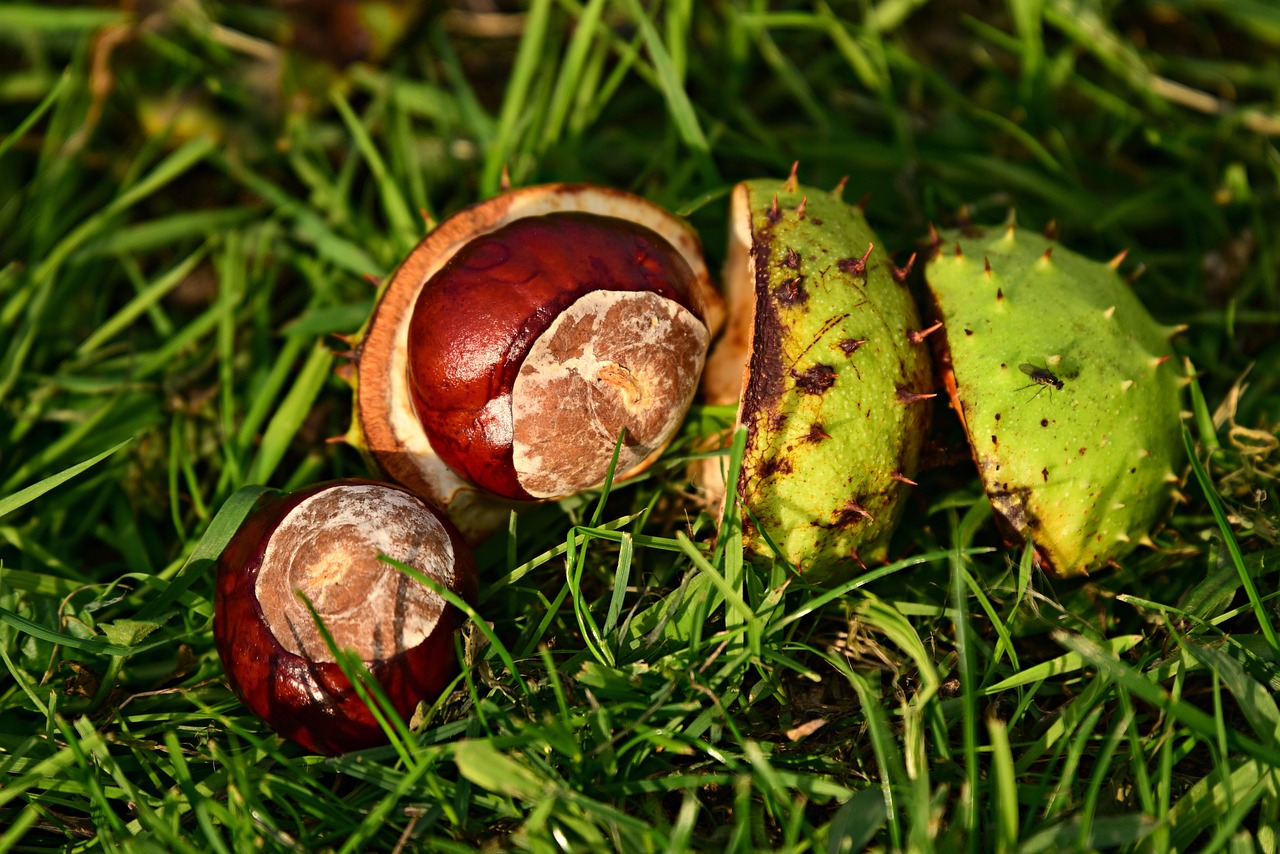If you’ve read the title and have no idea what a conker is, you’re likely not the only one. Conkers are the seeds of the horse chestnut tree and come in a spikey green shell. In Spanish, they’re called castaña de Indias. In both Britain and Spain, it’s common to eat roasted chestnuts in winter, however, these are a different type coming from the sweet chestnut tree. So, what’s so important about these castañas de Indias? Well, with Autumn here, it’s not just gold and brown leaves that cover British streets but conkers as well. They’re a symbol of the season and nostalgic to many nationwide.
What’s so sentimental about these seeds?
I think most Brits have fond childhood memories of collecting conkers, only to forget about them in the bottom of school bags and coat pockets until they decay. Prior to iPads and smartphones, conkers also provided kids with hours of entertainment in the form of a game.
Fun fact: The word conker comes from the word “conch, meaning shell, and refers to the spikey shell-like case these seeds come in.
The Conkers Game
This game dates back to the Victorian era and was popular until around the early 2000s. Players would drill a small hole into their conker and tie it to a piece of string. They’d then take turns knocking the other’s conker with their own. The game aims to smash your opponent’s conker while keeping yours unbroken. In some parts of the UK, you can even find conker championships and competitions where players really bring their A-game to win.
Idiom of the week: Bring their A-game
The means to perform to the highest level of one’s ability and skill while emphasising the intense competition taking place.
Changing seasons, changing times
The conkers game is far less common on school playgrounds nowadays. However, they still represent a piece of British nostalgia and mark the arrival of autumn. Do you have any similar traditions in your country?
Written by Marina McAleese, Tutor at The Harrogate International Academy





